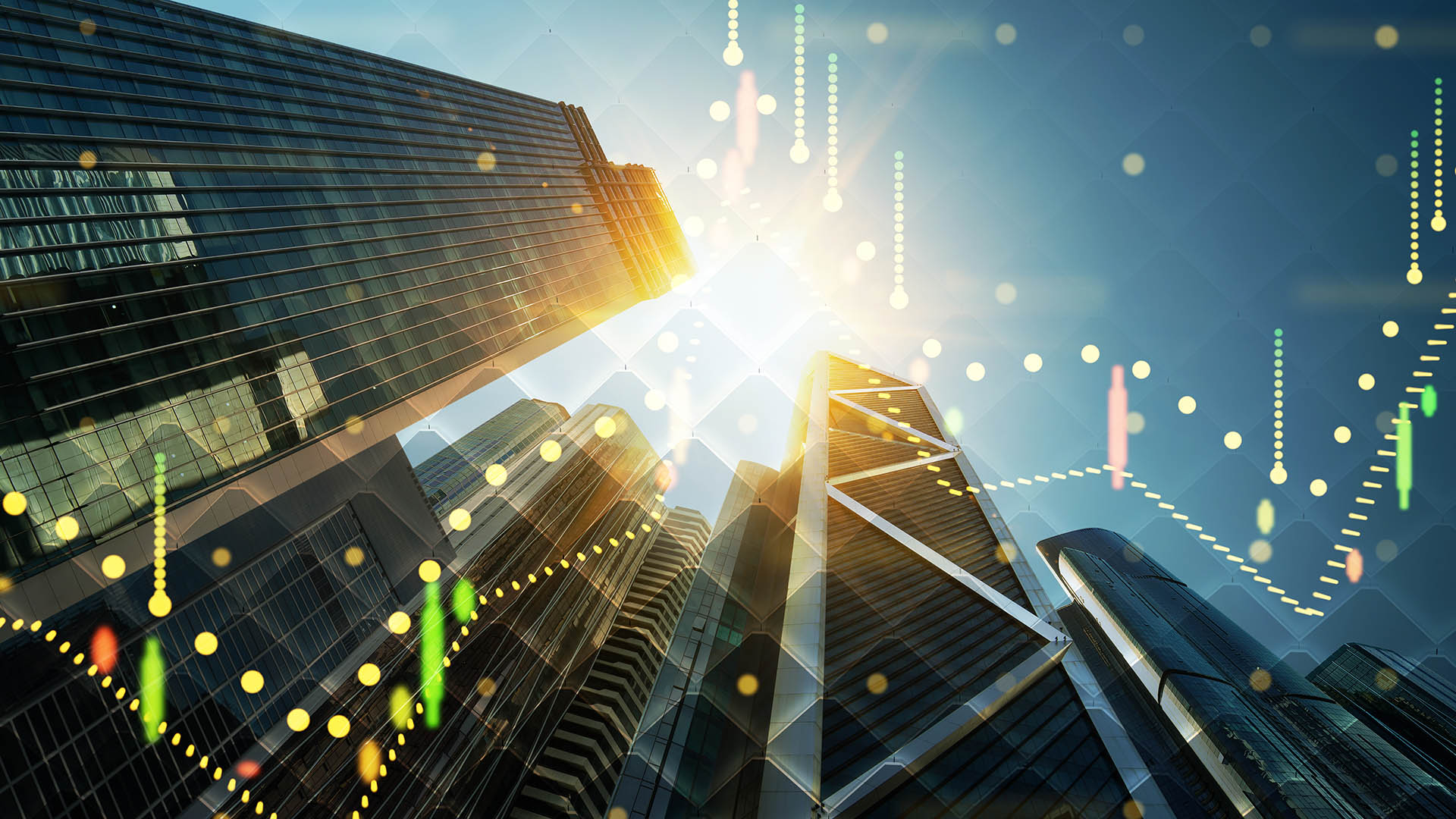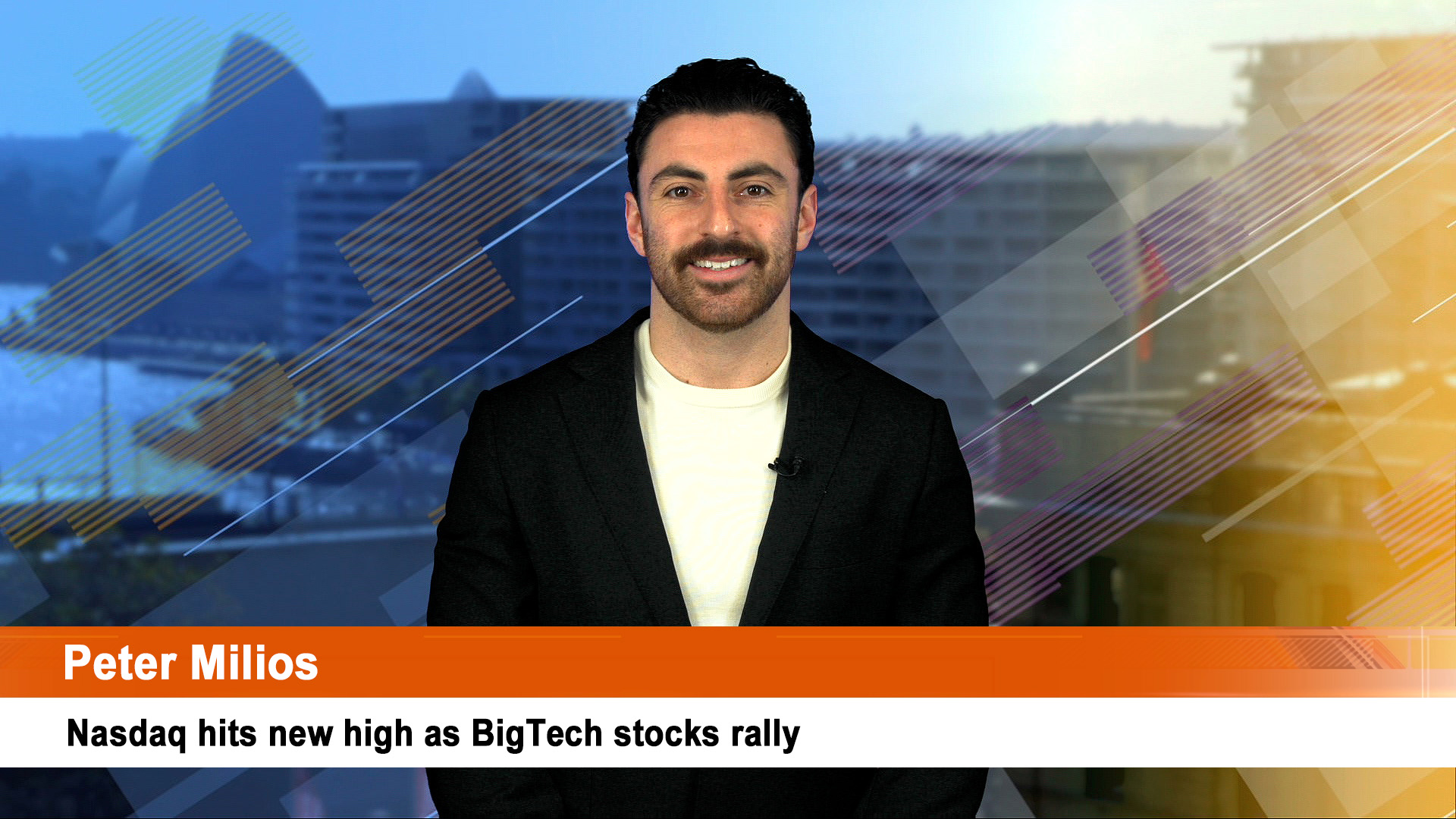So 2023 is upon us and hopefully it will be better than 2022 was – even in Australia where the ASX 200’s loss was far smaller than the near 20% slide by the S&P 500.
The ASX 200 lost 5.5% and actually had a positive final six months of the year with a gain of around 7.6%, something I’m sure a lot of investors don’t realise.
The S&P 500 also bounced back in the final half of 2022 but the gain of 1.7% was notional and would have been much higher had it not been for the collapse in the Nasdaq – which shed more than a third of its value over the year including a dip of just over 8% in the December half alone.
The ASX outperformed because of the boost to commodities – especially coal, oil and gas – from the Russian invasion of Ukraine. It had a similar impact on the FTSE 100 in London, which actually ended the year in the green – up just 1.3% – which put it very much in the minority.
The top five performers on the ASX last year told the story – coal, oil and gas companies with a lithium player thrown in for good measure by investors.
Shares in NSW-based Whitehaven Coal were up 261%, shares in New Hope, a Queensland-based coal miner, up 185%, Core Lithium shares added 74%, shares in Woodside Energy (with BHP’s oil and gas assets onboard since mid-year) saw its shares jump 62% and shares in US/Australian coal group, Coronado, up 60%.
Bank shares – the usual drivers of value on the ASX were mixed. Westpac was the best with a near 8% gain in its market value over the year while ANZ shed more than 14%, which helps explain why it is desperate to takeover Suncorp Bank this year and is going flat out in a media and market briefing campaign to convince competition regulator the ACCC to give it the green light.
If that approval doesn’t come or is heavily qualified, then the ANZ share price faces downward pressure, as will other bank shares if it looks as though the ACCC has nixed further bank takeovers. (Watch the price of Bendigo Bank shares which is a leading candidate if the ANZ gets the go-ahead.)
Macquarie Group might have starred with strong earnings and a CEO who won a string of awards in 2022 but investors knew better and slashed its market value over the year by 20%.
Bank shares have started 2023 with a mixed performance, especially on Friday – shares in CBA, NAB and Westpac all fell while ANZ were higher on the day.
For the week a similar story with the ANZ standing out with a gain of nearly 2% as the pro-Suncorp bank deal campaign emerged in commentary from analysts and financial media.
With iron ore prices staying well above $US110 a tonne for the benchmark 62% Fe fines product from the Pilbara, shares in BHP, Rio Tinto and Fortescue trimmed their losses for the year and started 2023 in fine fettle.
BHP shares are up around 20% since October (and shares in Fortescue and Rio have shown a similar strength) as the China Covid story has waxed and waned and fears of a slide in the world’s second largest economy have been replaced by the upbeat prospects of the China re-opening story (which started yesterday).
Shares in the big three iron ore companies jumped on Friday and last week – BHP shares were up 3.1% on Friday and 3.2% for the first week of the year; Fortescue shares jumped 4.6% on Friday and nearly 4.6% for the week and Rio shares were up 2.4% on Friday which drove the 1.7% gain for the week.
The China re-opening story is now one of the major themes for the ASX and has the strength to override interest rate/recession fears, especially with if there is more positive news about China’s trade bans on Australian products.
China’s coal bans have been eased, next it could be beef, lobsters and seafood, barley and wine (so watch Treasury Wine Estates, Elders, Australian Agriculture Co, United Malt and GrainCorp).
The China coal bans story helped the ASX 200 jump nearly 2.3% on Friday and 1.72% for the week – a solid, positive start to the new year.
As far as the local economy is concerned, the big issues of rate rises, inflation, spending and jobs will be a dominant story at times (around Reserve Bank and data releases each month).
Consumer spending growth and trends will emerge in the interim reports and updates in the next six weeks from JB Hi Fi, Harvey Norman, Kogan, Temple& Webster, Mosaic Brands, The Reject Shop, Myer, Wesfarmers (Kmart/Target, Bunnings and Officeworks), Endeavour Group, Coles and Woolworths.
Media stocks performed poorly in 2022, despite solid performances from Nine and Seven. A late earnings warning from Domain (48% owned by Nine Entertainment) set up a weak start for the year.
Nine Entertainment shares lost nearly 37% in value last year (and 2.4% last week), Seven West Media shares dropped more than 38%, Southern Cross shares were off 45% and News Corp shares lost 18,5% on Wall Street).
Seven West shares were up more than 15% last week after it revealed a better coverage deal for cricket for the next 8 years (with News Corp’s 65% owned Foxtel).
2023 is not going to be a good year for media companies here or in the US with revenues under pressure from a possible recession, weak consumer confidence and spending and a property price slide.
The continuing weakness in Meta, Alphabet and other social media shares is the best guide as to the prospects for the entire sector in the coming year and their December quarter reports in early February will provide good guidance for the global media sector.
Wall Street’s losses have been well explored but one factoid stands out – the two biggest losers of market value in 2022 were Apple which shed $US846.34 billion in value and Amazon lost $US834.06 billion. Tesla lost more than $US700 billion and Meta shares fell more than $US700 billion as well.
Those losses alone tell us that the tech sector is on the nose and will remain so for months to come. Growth as a driver of stock price movement is out, value might be back for many investors but it hasn’t been terribly convincing.
Inflation is a concern, but for many investors it’s now on the way down – slowly – with fears about surging price pressures having eased, as have worries about wage breakouts.
US (and other) investors want to see if a recession (shallow at worst in many forecasts) appears which if it does, could be a trigger for a rebound.
The worst thing for the markets will be very shallow growth and falling inflation which will make picking a turning point much harder.
Macy’s, the US department store giant last week signalled problems ahead for US retailers heading into 2023. Macy’s said on Friday it now expects fourth-quarter sales to come in at the lower end of its previously announced forecast, blaming sluggish spending by consumers shopping between Thanksgiving and Christmas. The company’s shares fell 3.8% in afterhours trading on Friday. The shares were up more than 9% in official trading.
“Based on current macroeconomic indicators and our proprietary credit card data, we believe the consumer will continue to be pressured in 2023, particularly in the first half,” Macy’s CEO Jeff Gennette said in a statement.
The department store chain had previously forecast fourth-quarter net sales of $US8.16 billion to $US8.40 billion. The retailer’s quarterly report won’t appear until early March.
Reports from giants Walmart and Target will be out just before Macy’s – they will be vital for investor confidence about household spending.













